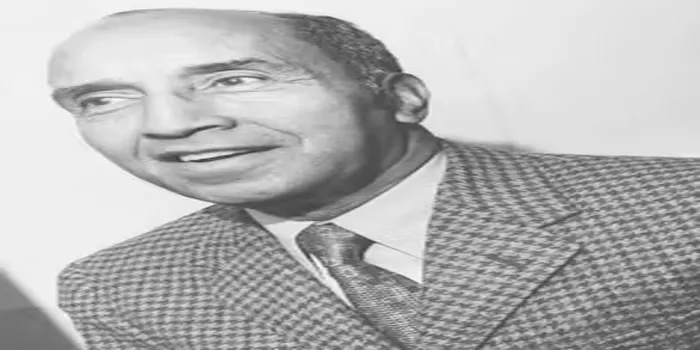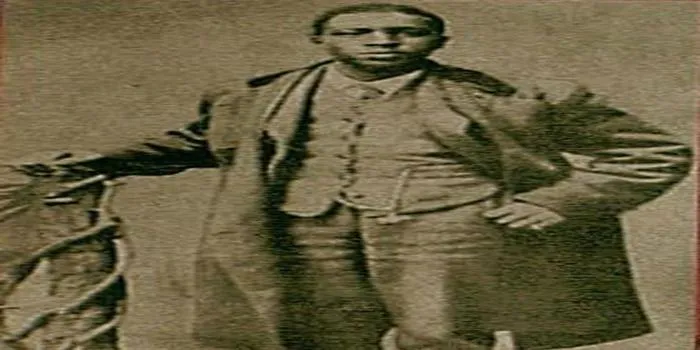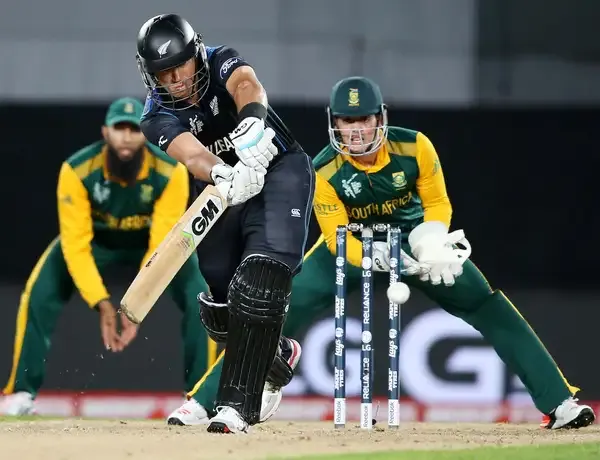- Home >
- Sport
- > Team Sports
The First Indy 500: A Spectacular Start in 1911
The First Indy 500 in 1911 marked a historic milestone in American motorsport, showcasing speed and innovation on the iconic Indianapolis Motor Speedway. This legendary race not only captivated audiences but also set the standard for future competitions. Meanwhile, "The Big Apple," a nickname for New York City, reflects its significance in culture and economy. Other cities, like Chicago and Los Angeles, also boast unique nicknames that reveal their histories and identities, enriching the tapestry of American urban life.

The Indianapolis 500, often referred to as the Indy 500, is one of the most prestigious automobile races in the world. Its inaugural race took place on May 30, 1911, marking the beginning of a storied tradition that would captivate motorsport enthusiasts for over a century. The first Indy 500 was not just a race; it was a spectacle that showcased engineering prowess, speed, and the spirit of competition, laying the groundwork for what would become a legendary event in the world of racing.
The Setting: A Purpose-Built Track
The race was held at the Indianapolis Motor Speedway, a venue specifically designed for automobile racing. This 2.5-mile oval track was constructed in 1909 and had a unique design featuring four distinct turns, which allowed for thrilling high-speed action. The first Indy 500 was a test of both driver skill and automobile endurance, with 40 cars participating in the event.
The Race Day Experience
On that fateful day in 1911, the atmosphere at the Indianapolis Motor Speedway was electric. Around 80,000 spectators filled the grandstands, eager to witness history in the making. The race began at noon, featuring a diverse field of competitors, including some of the best drivers of the time. Each car was required to complete 200 laps, totaling 500 miles, a grueling challenge for both man and machine.
Pioneering Technology and Innovation
The first Indy 500 was marked by significant technological advancements in automotive design. The cars were predominantly built for speed and reliability, with many featuring innovative features that would later become standard in racing. The winning car, driven by Ray Harroun, was equipped with a rearview mirror, a groundbreaking addition that allowed Harroun to drive without a riding mechanic, who had been a common feature in racing cars up to that point.
The Race Results: A Historic Victory
Ray Harroun made history by winning the inaugural race with an average speed of 74.59 miles per hour. His victory was not just a personal achievement; it represented a significant milestone in racing history. Harroun completed the race in a time of 6 hours, 42 minutes, and 8 seconds, earning a prize of $14,250, which was a substantial sum at the time. The following table summarizes the top finishers from the first Indy 500:
| Position | Driver | Car | Time | Speed (mph) |
|---|---|---|---|---|
| 1 | Ray Harroun | Marmon Wasp | 6:42:08 | 74.59 |
| 2 | Johnny Aitken | National | 6:45:01 | 74.22 |
| 3 | Arthur Chevrolet | Buick | 6:47:08 | 73.78 |
The Legacy of the Indy 500
The first Indy 500 set a precedent that would echo throughout the history of motorsport. The race has evolved over the years, adapting to new technologies and the changing landscape of racing. Today, the Indy 500 is not only a major event in the United States but is also recognized globally, attracting top drivers from around the world.
As the race progressed over the decades, it became synonymous with speed, endurance, and innovation, leading to the development of new racing technologies. The Indy 500 has witnessed remarkable moments, from thrilling finishes to tragic accidents, all contributing to its rich tapestry of history.
Modern-Day Indy 500: Honoring Tradition
While the first Indy 500 was a momentous occasion, the race today honors that legacy while embracing modern advancements. The introduction of advanced telemetry, aerodynamics, and safety measures has transformed the event into a sophisticated and highly competitive race. The race currently attracts more than 300,000 fans, making it one of the largest single-day sporting events in the world.
The Cultural Impact of the Indy 500
The Indy 500 has transcended the realm of motorsport, becoming a significant cultural event. The race is celebrated with various festivities, including the iconic "500 Festival," which includes a parade, concerts, and community events leading up to the race. This cultural significance has helped cement the Indy 500's status as an enduring symbol of American motorsport.
Conclusion: A Race Like No Other
In summary, the first Indy 500 in 1911 was a spectacular beginning for a race that would become a cornerstone of American motorsport. From its thrilling inception to its modern-day grandeur, the Indy 500 continues to capture the imagination of fans and drivers alike. As we look back on its rich history, it is clear that the spirit of competition and innovation that defined the inaugural race lives on, making the Indy 500 a race like no other.












